ANSWER:
The world of trading/investing has gone through at least four major phases as technology has progressed. NEoWave begins phase five in the evolution of markets, analysis and trading.
Before telecommunications, reliable news outlets and market data were available, the trader had to rely a great deal on hearsay and rumors to make decisions, leaving the final decision much to personal INTUITION (what I call Phase 1).
With advances in equipment, telecommunications, plus access to market data and business news, the FUNDAMENTAL era (Phase 2) of trading emerged. This phase would include the development of P/E ratios, EPS (earnsing per share), market cap, revenue growth, debt and dividend ratios.
When the recording of market data improved (including the reporting of high/low and intra-day data for each period, not just daily closes), TECHNICAL analysis (Phase 3) became possible. This phase would include moving averages, stochastics, open interest and volume studies, etc.
Phase 4 was created by merging Phases 2 & 3, producing what some might call the “Golden Era” of PSYCHOLOGICAL analysis, which is what Elliott Wave is all about. This type of analysis includes pattern recognition, Fibonacci price and time relationships and the science of fractals.
With NEoWave I introduce a new paradigm – SELF-DEFINITION (Phase 5) – to the field of market analysis and trading. In other words, NEoWave is not just a way of forecasting market action, but also a new way of trading based on observation, not forecasting. NEoWave provides the first LOGICAL, self-confirming and self-defining process of market analysis and trading.

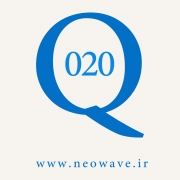
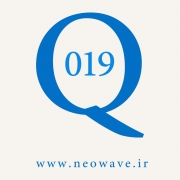
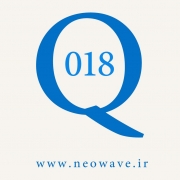
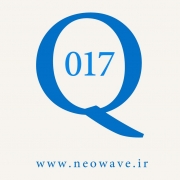
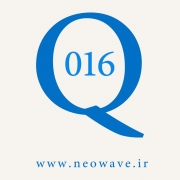
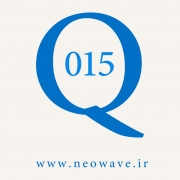
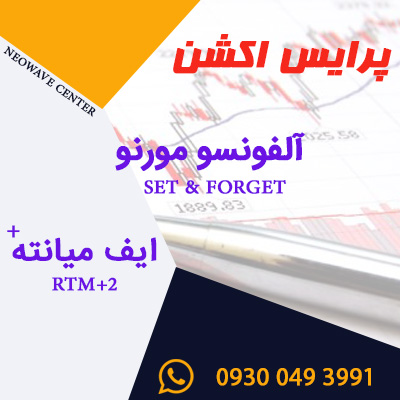
آخرین دیدگاهها